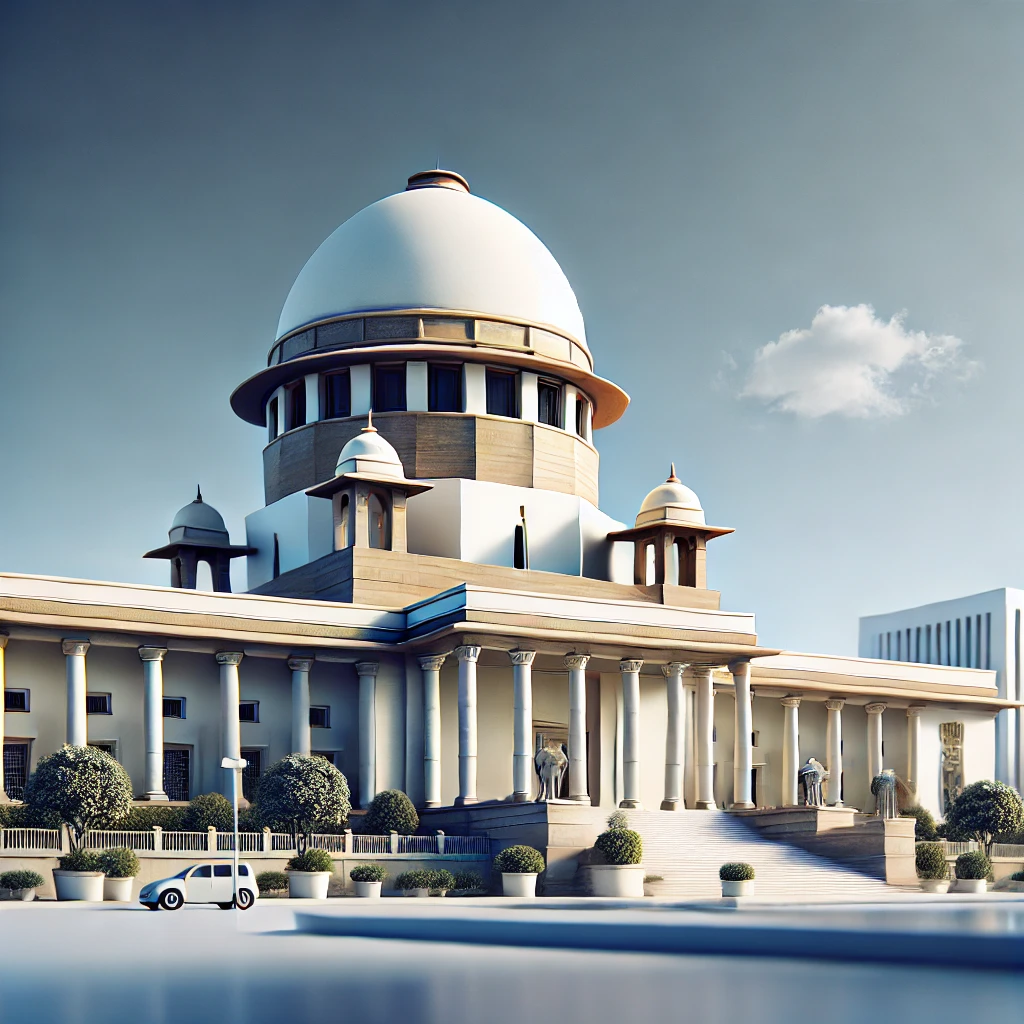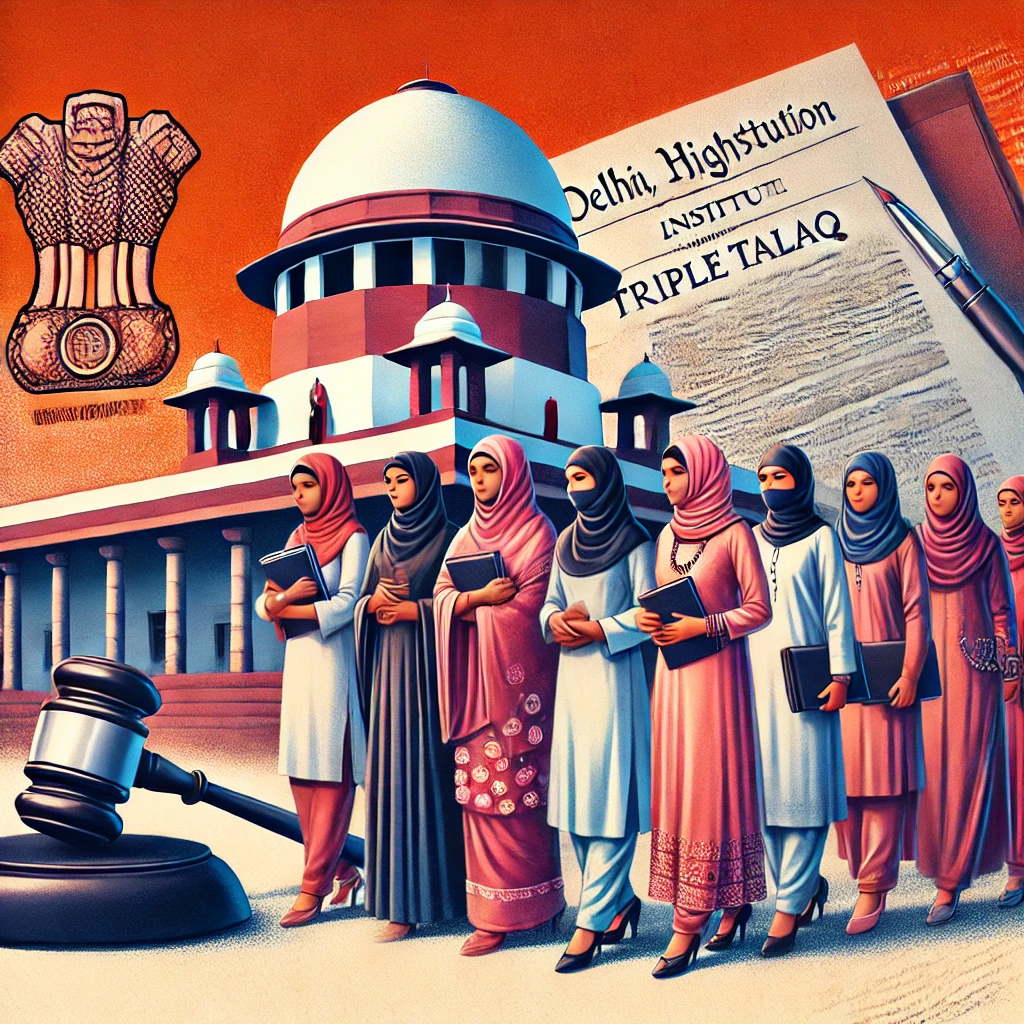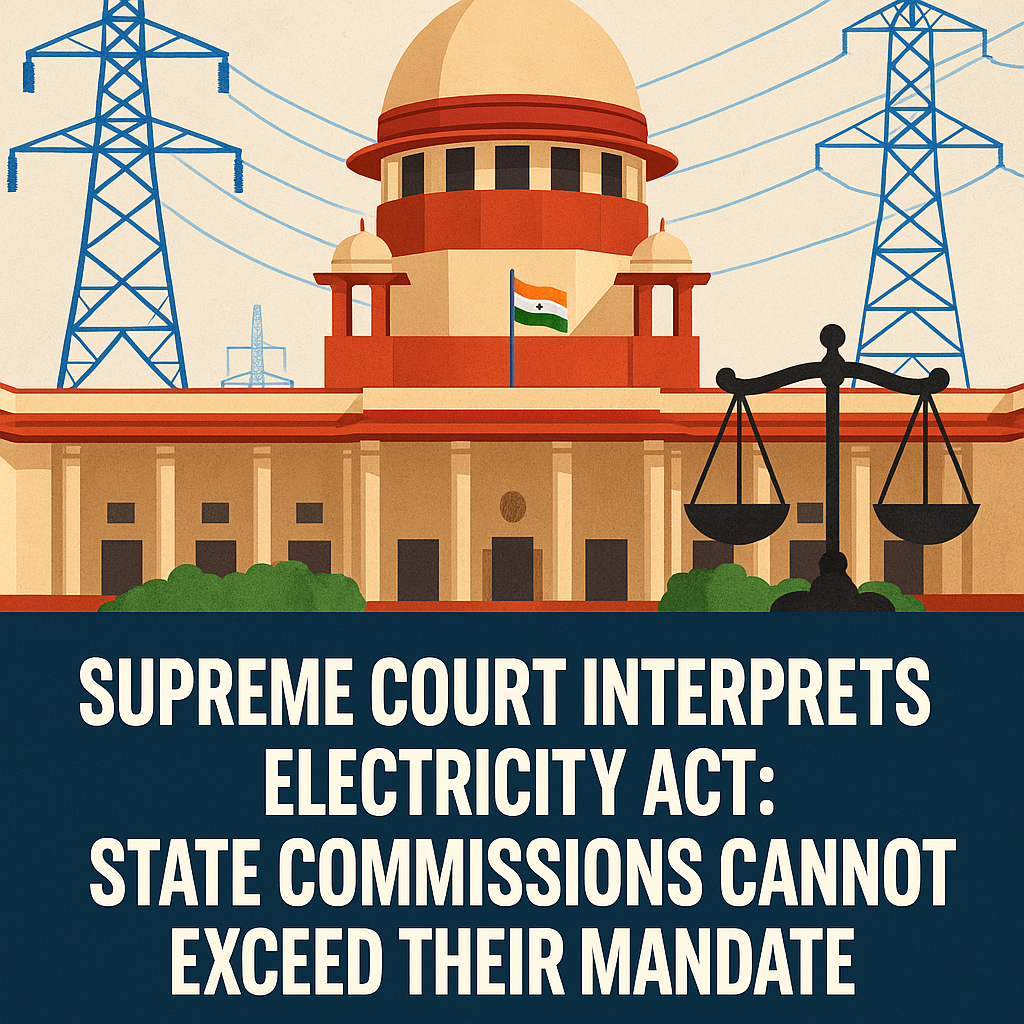Civil Procedure Code at Norway
The Civil Procedure Code of Norway (Tvisteloven) governs the legal procedures for civil cases in the Norwegian courts. It provides a framework for resolving disputes in an efficient and fair manner and ensures access to justice in both private and commercial matters. The code emphasizes adversarial principles, meaning that the parties to a dispute must present their own cases and evidence to the court, while the judge ensures that the trial is conducted fairly.
Here’s an overview of the key aspects of the Civil Procedure Code of Norway:
1. General Principles
The Civil Procedure Code in Norway is designed to ensure fairness, efficiency, and clarity in civil litigation.
The system is adversarial, meaning that the parties (plaintiff and defendant) are responsible for presenting their own cases, including evidence and arguments.
Equality before the law and due process are fundamental principles. The parties should have equal access to the courts and the opportunity to be heard.
2. Court System
The Norwegian court system is structured into several levels:
District Courts (Tingrett): The first instance courts, where most civil cases are initially heard. They handle a wide range of cases, including contract disputes, family law cases, torts, and property disputes.
Court of Appeal (Lagmannsrett): If a party is dissatisfied with a decision from the district court, they can appeal to the Court of Appeal, which reviews both the facts and the law.
Supreme Court (Høyesterett): The highest court in Norway, which hears appeals from the Court of Appeal. The Supreme Court does not re-assess the facts of the case but examines whether the law was applied correctly in the lower courts.
3. Commencing a Lawsuit
A civil case is initiated by the plaintiff filing a claim (saksøknad) with the appropriate district court.
The claim must specify:
The identity of the parties involved.
The factual and legal grounds for the claim.
The relief or remedy sought (e.g., damages, injunctions).
After the claim is filed, the defendant is served with the claim, which includes a deadline to respond, typically within a few weeks.
4. Court Proceedings
Preliminary Proceedings: After the claim is filed, the court may schedule a preliminary hearing (for instance, to determine the scope of the dispute and any procedural issues). In some cases, the court may hold a conciliation meeting to try and resolve the dispute without going to trial.
Oral Hearings: If the case proceeds to trial, the court will hold oral hearings where both parties present their evidence and arguments. The hearings are typically public, and both parties have the right to speak.
Role of the Judge: In Norway, the judge plays an active role in managing the proceedings, ensuring the case proceeds efficiently, and deciding what evidence is admissible. Judges may also ask questions of the parties and their witnesses.
Witness Testimony: Both parties can call witnesses to testify and present evidence to support their claims. The judge evaluates the relevance and credibility of the testimony and evidence.
5. Evidence and Burden of Proof
The burden of proof lies with the party making the claim. The plaintiff is responsible for proving the facts necessary to support their case.
Evidence can include:
Documents (contracts, emails, written agreements, etc.).
Testimony from witnesses.
Expert reports (e.g., in complex cases involving technical or specialized knowledge).
The judge evaluates the evidence presented by both parties and makes a decision based on the balance of probabilities.
6. Judgments and Orders
After the hearings, the court will issue a judgment. The judgment will typically:
State the facts of the case and the legal reasoning behind the decision.
Provide a decision on the relief or remedy sought by the plaintiff (e.g., an award of damages, an injunction, or specific performance).
The judgment may include orders for the defendant to comply with certain actions (e.g., to pay compensation, return property, etc.).
Interim Measures: In certain cases, the court may grant interim measures (provisional orders) to protect one party’s rights before the final judgment is made. These could include temporary injunctions or orders for the seizure of assets.
7. Appeals Process
Appeals from the district court are heard by the Court of Appeal (Lagmannsrett). The Court of Appeal reviews both the factual and legal aspects of the case and may overturn or modify the lower court's decision.
Appeals to the Supreme Court: If a party disagrees with the decision of the Court of Appeal, they can appeal to the Supreme Court (Høyesterett) on legal grounds. The Supreme Court focuses on questions of law, not the facts of the case, and it may either:
Reject the appeal.
Send the case back to the lower courts for further consideration if it finds an error in the application of the law.
In most cases, the Supreme Court selects only a limited number of cases for review, typically those involving important legal questions.
8. Execution of Judgment
Once a judgment is issued, it is enforceable. If the losing party does not voluntarily comply, the winning party can request enforcement through the bailiff (namsmann).
Enforcement can include actions such as:
Seizure of assets.
Garnishment of wages or bank accounts.
Sale of property to satisfy a judgment.
The bailiff is responsible for ensuring that the judgment is executed in accordance with the law.
9. Special Procedures
Small Claims Procedure: Norway has a small claims procedure for claims under a certain monetary threshold. This procedure is designed to make it easier and quicker for individuals to resolve smaller disputes.
Summary Proceedings (for urgent matters): In cases requiring urgent action (e.g., a need for an immediate injunction), the court may initiate summary proceedings for swift resolution.
Mediation and Conciliation: The Norwegian system encourages mediation and conciliation as methods for resolving disputes without full litigation. The court may offer these services, and parties are encouraged to attempt settlement before trial.
10. Arbitration and Alternative Dispute Resolution (ADR)
Arbitration is a popular alternative dispute resolution method in Norway, particularly for commercial disputes. The Norwegian Arbitration Act regulates arbitration proceedings, and awards made by arbitral tribunals are enforceable.
Mediation is also encouraged by the courts, and there are various private and public mediation services available for resolving disputes in a more informal and flexible manner.
11. Recent Reforms
Digitalization: The Norwegian legal system has integrated electronic filing and case management systems to make the litigation process more efficient and accessible.
Efficiency and Access to Justice: Reforms have aimed at reducing delays and making the courts more accessible, particularly through the use of alternative dispute resolution (ADR) and summary proceedings for urgent cases.
Legal Aid: Norway has a legal aid system that ensures people who cannot afford legal representation can access justice.
12. Application of the Code
The Civil Procedure Code applies to all civil matters in Norway unless specific laws or regulations provide otherwise (e.g., labor law or family law).
The procedures outlined in the code ensure that civil disputes are resolved in a fair and transparent manner, following clear guidelines for the conduct of litigation.





























0 comments